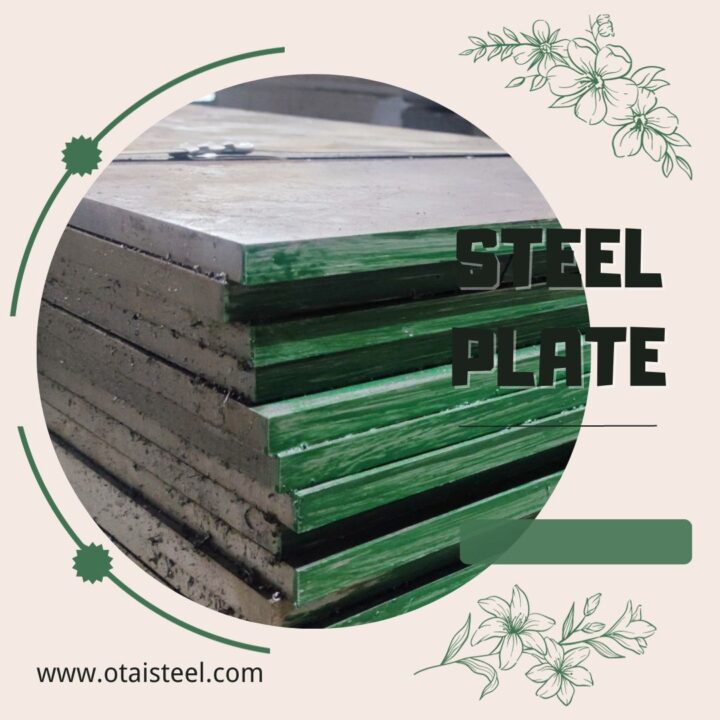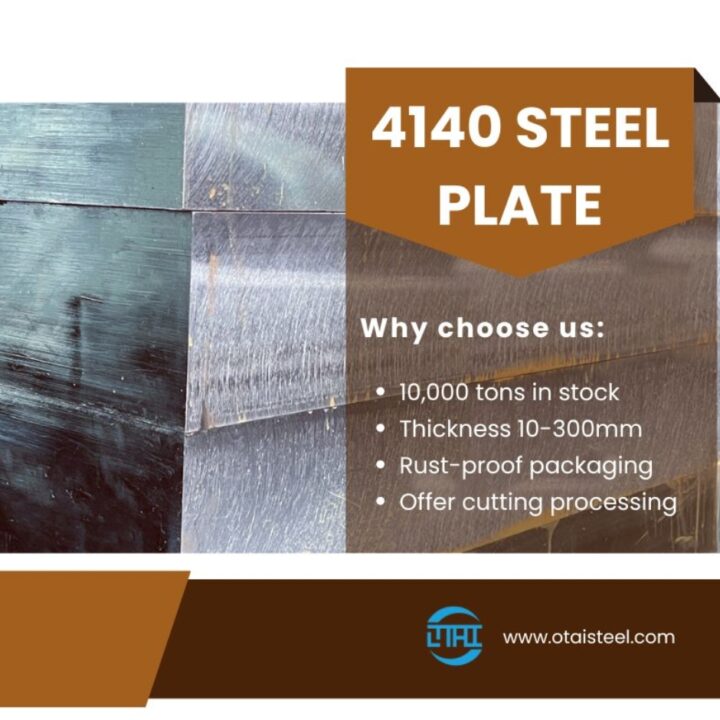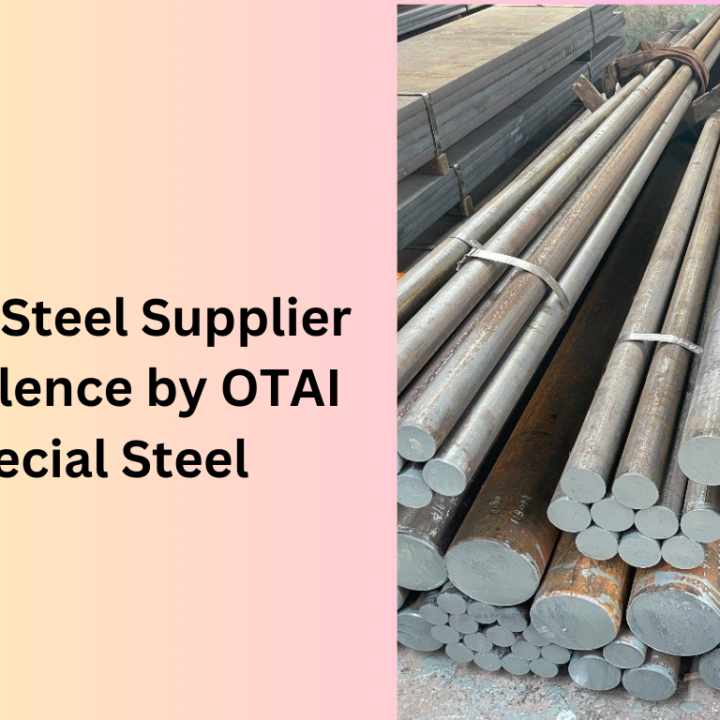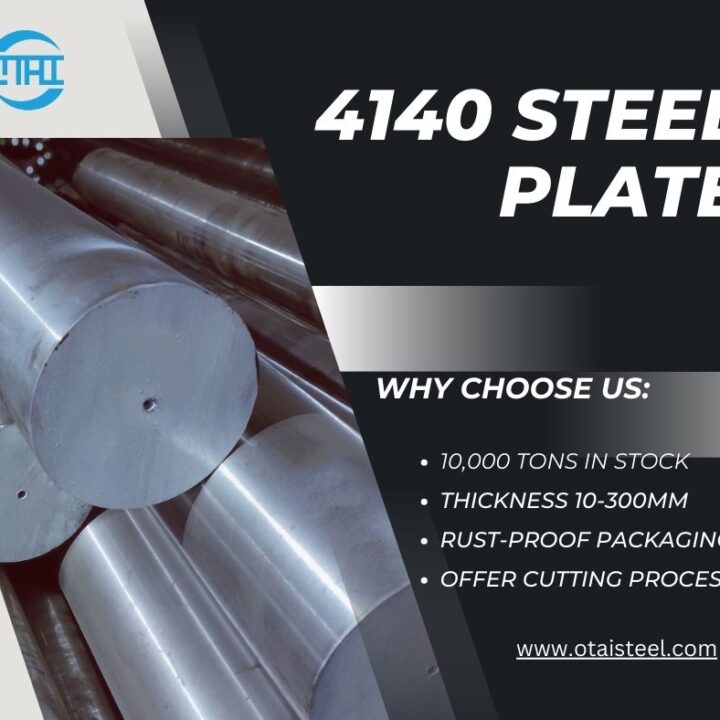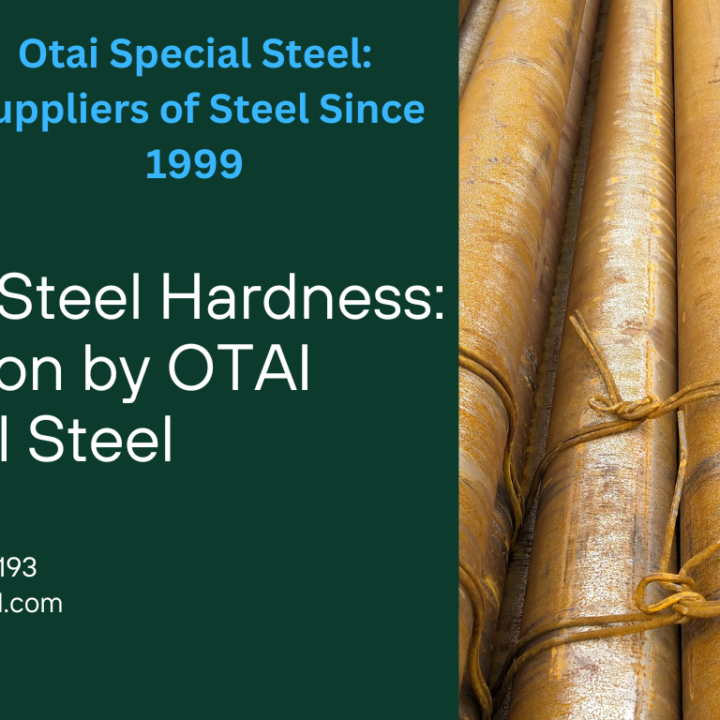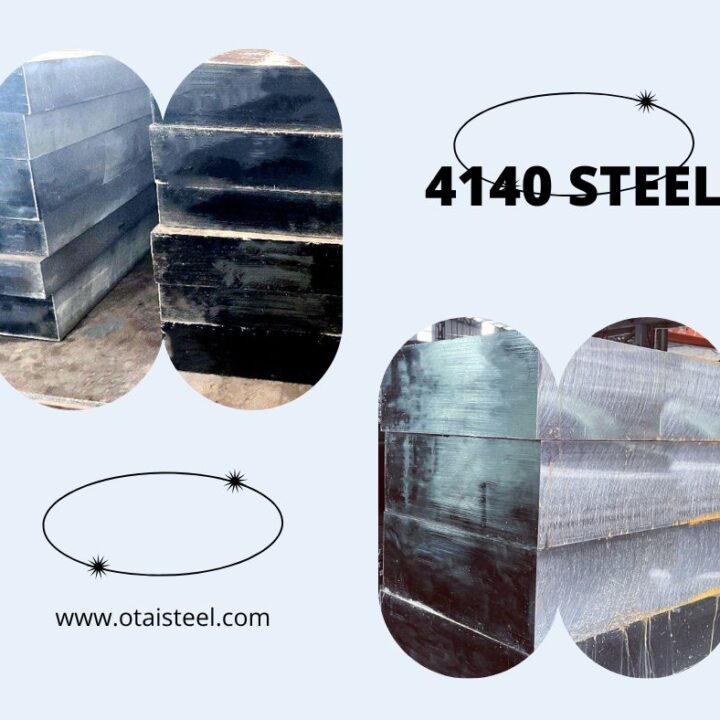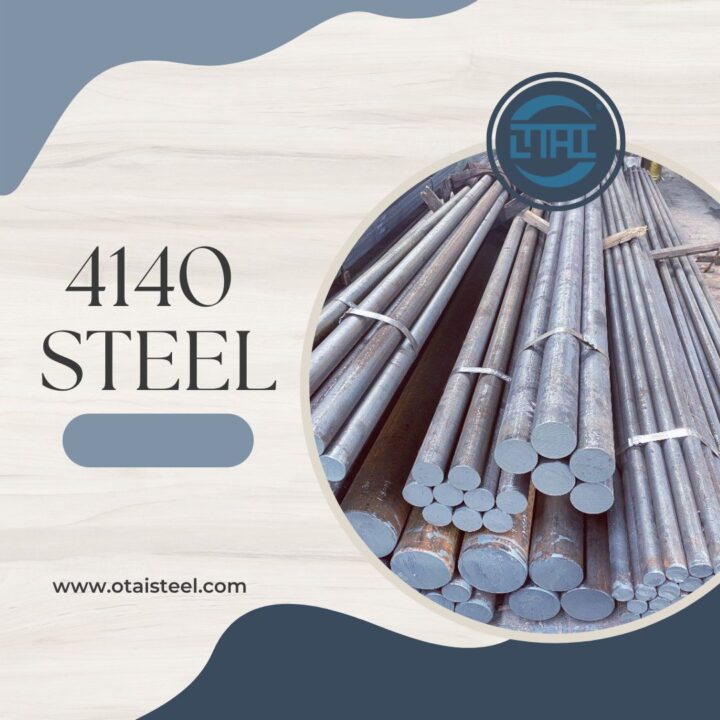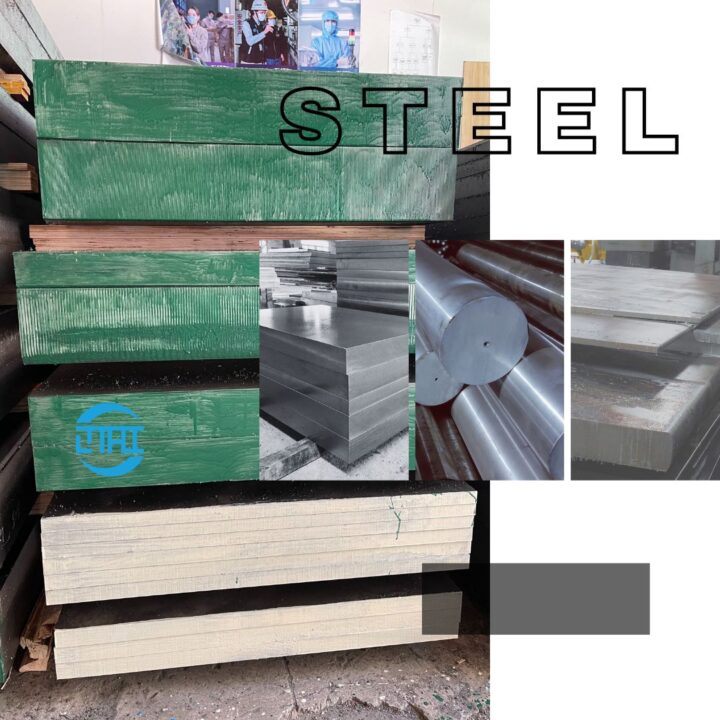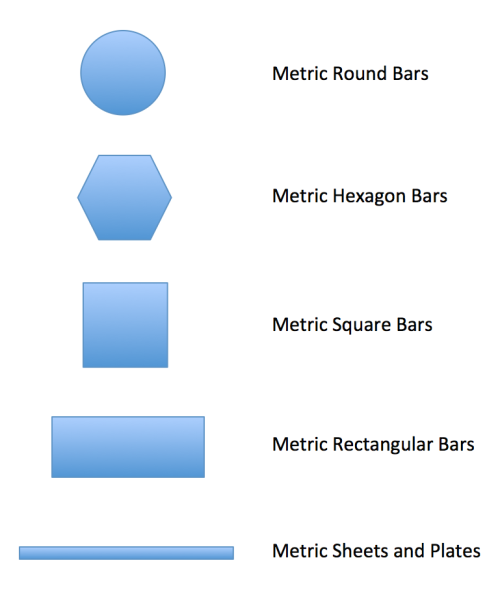High Speed Steel –M2 Part 1
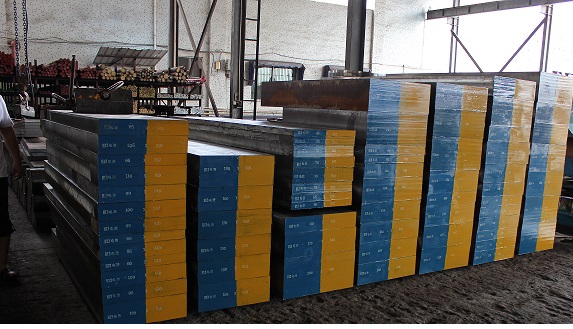
High-speed steel (HSS or HS) is a subset of tool steels, commonly used as cutting tool material.
It is often used in power-saw blades and drill bits. It is superior to the older high-carbon steel tools used extensively through the 1940s in that it can withstand higher temperatures without losing its temper (hardness). This property allows HSS to cut faster than high carbon steel, hence the name high-speed steel. At room temperature, in their generally recommended heat treatment, HSS grades generally display high hardness (above Rockwell hardness 60) and abrasion resistance (generally linked to tungsten and vanadium content often used in HSS) compared with common carbon and tool steels.
M2
M2 is the “standard” and most widely used industrial HSS. It has small and evenly distributed carbides giving high wear resistance, though its decarburization sensitivity is a little bit high. After heat treatment, its hardness is the same as T1, but its bending strength can reach 4700 MPa, and its toughness and thermo-plasticity are higher than T1 by 50%. It is usually used to manufacture a variety of tools, such as drill bits, taps and reamers. 1.3343 is the equivalent numeric designation for M2 material identified in ISO 4957.
Lasers and electron beams can be used as sources of intense heat at the surface for heat treatment, remelting (glazing), and compositional modification. It is possible to achieve different molten pool shapes and temperatures, as well as cooling rates ranging from 103 to 106 K s−1. Beneficially, there is little or no cracking or porosity formation.[1]
While the possibilities of heat treating at the surface should be readily apparent, the other applications beg some explanation. At cooling rates in excess of 106 K s−1 eutectic microconstituents disappear and there is extreme segregation of substitutional alloying elements. This has the effect of providing the benefits of a glazed part without the associated run-in wear damage.[1]
The alloy composition of a part or tool can also be changed to form a high speed steel on the surface of a lean alloy or to form an alloy or carbide enriched layer on the surface of a high speed steel part. Several methods can be used such as foils, pack boronising, plasma spray powders, powder cored strips, inert gas blow feeders, etc. Although this method has been reported to be both beneficial and stable, it has yet to see widespread commercial use.[1]
